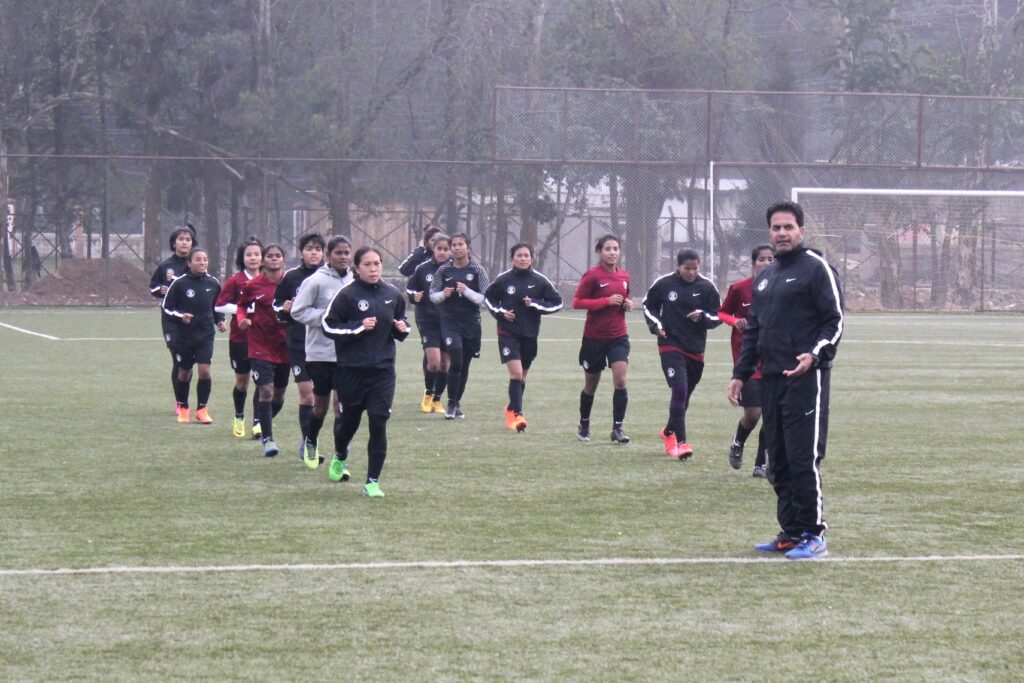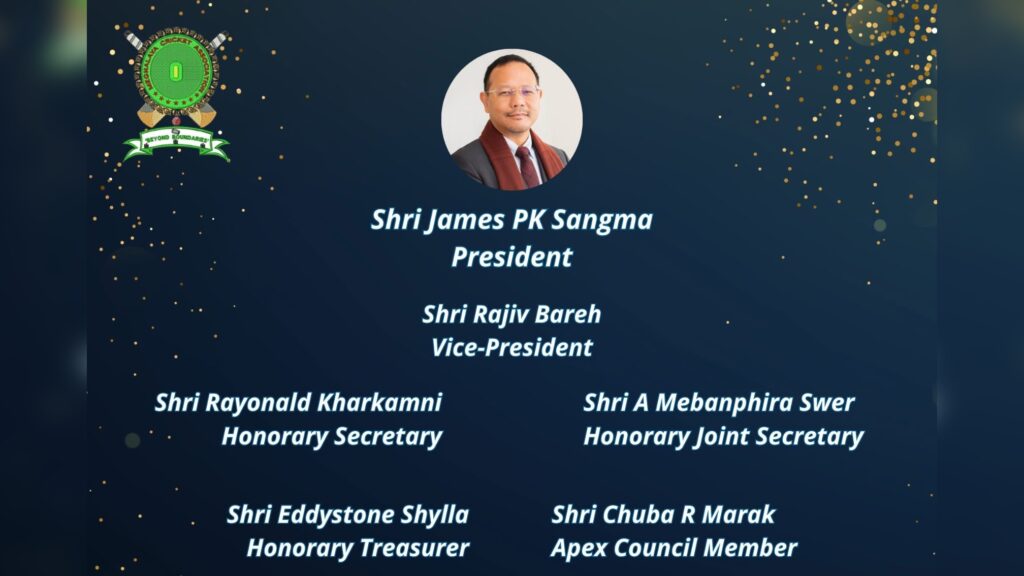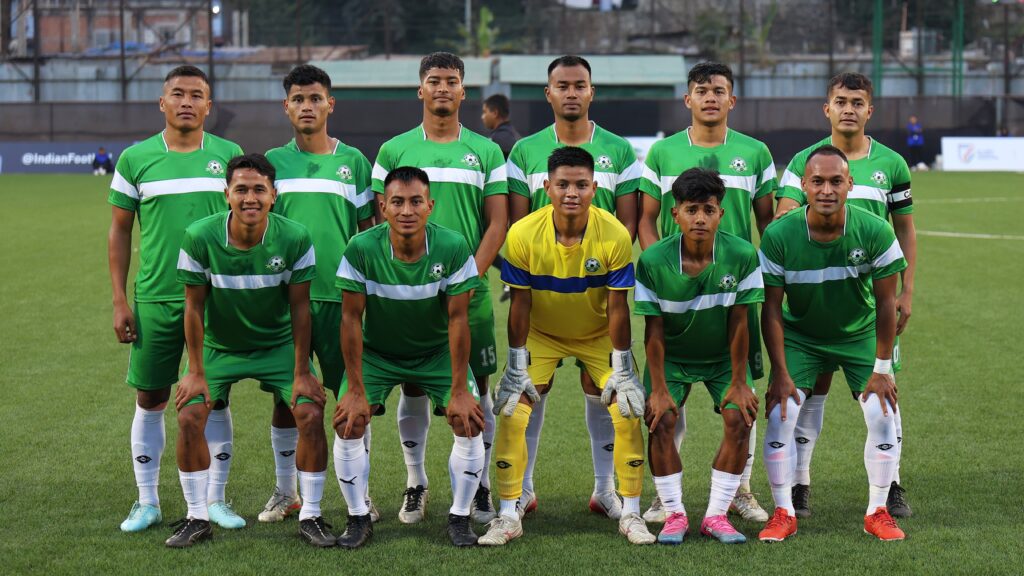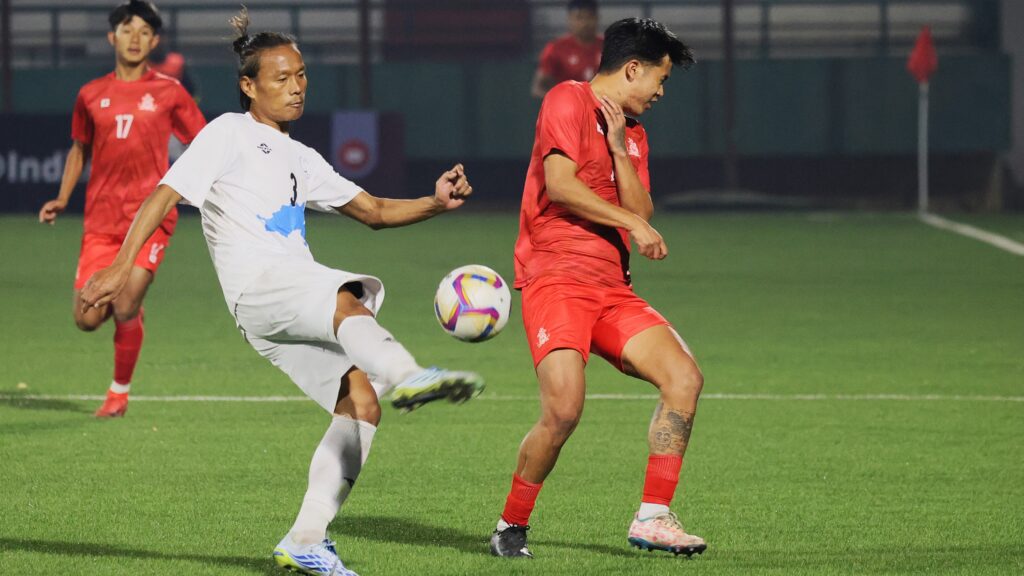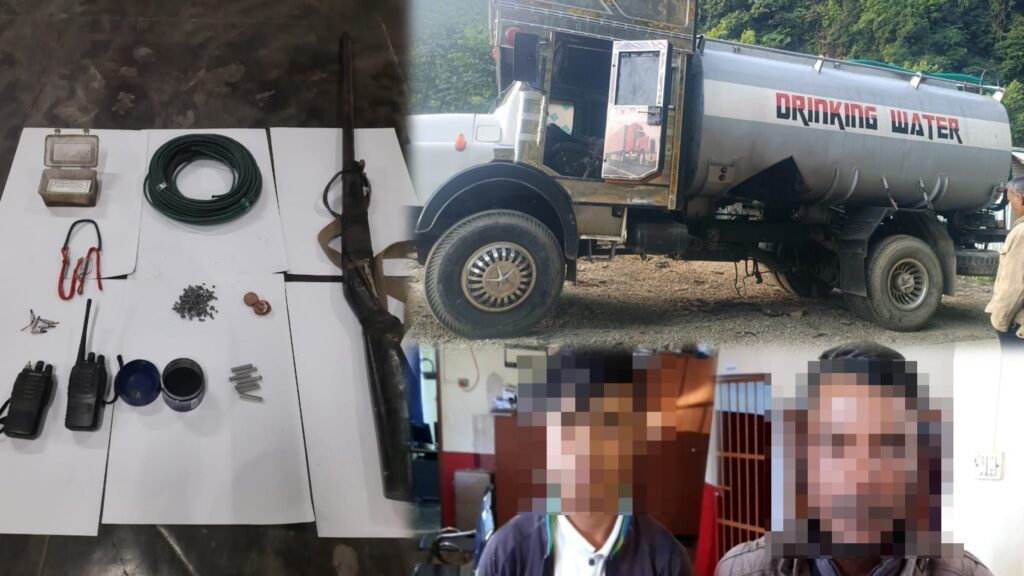Shillong, October 17: When Shillong was chosen for the friendly between India and Maldives earlier this year it was often said that this would be the city’s first international football match. Devoted fans of the game knew that this was not entirely accurate, however, as it was only the first men’s international because Shillong had already played host to the women’s football events at the South Asian Games in 2016.
On 15 February 2016 India won the final and the gold medal by beating Nepal 4-0 at the JN Stadium here in front of a packed crowd of 20,000-plus fans. Nine and a half years on, India and Nepal will be back at the JN Stadium for the Tri-Nations International Tournament, which will also include the Islamic Republic of Iran.
The tournament, organised at the invitation of the All India Football Federation, will see three matches played at the JN Stadium, all kicking off at 6pm – India versus Iran on 21 October, Iran versus Nepal on 24 October and India versus Nepal on 27 October.
When the Blue Tigresses last played here, the women’s football scene was very different, both in Meghalaya and India.
In 2016 the first edition of the Indian Women’s League (IWL) had yet to take place but it has now become a regular feature of the calendar and has also added a second division.
Incidentally, 2025 is also the year that the Meghalaya Football Association (MFA) began its first Meghalaya Women’s State League (MWSL), bringing together top clubs from around the state. Although the MFA long desired to have a statewide league that would pave the way for clubs to participate in the IWL, affiliated district associations first had to come on board to hold their own tournaments before a statewide tournament could begin. The inaugural MWSL has 13 teams from eight district associations and the MFA is aiming for an increase in participation over the coming years.
The growth of football and other sports in Meghalaya has also received a boost through dedicated efforts by the state government. Athletes are now eligible for scholarships and a financial reward scheme, not to mention job quotas, which act as incentives for sportspersons to commit themselves to their sporting passions.
Infrastructure has also witnessed remarkable improvements and the JN Stadium that India and Nepal played at in 2016 is almost unrecognisable from what it is now, not least in terms of the pitch, which is now of high quality natural grass.
Fans interviewed in 2016 were thrilled to witness India winning the SAG final even if they did not know the names of too many players back then. Things are very different now, with the Indian national women’s team witnessing a tremendous run of form that has led them to qualify for the AFC Women’s Asian Cup Australia 2026 and gain recognition nationwide. Ranked 63 in the world, there is huge scope for India’s women footballers and there are also promising Meghalaya names in the U-20 and U-17 national teams, such as Bonifilia Shullai, Alisha Lyngdoh, Fragrancy Riwan and Ribansi Jamu, who could potentially make it to the Indian senior side in due course.
These are certainly exciting times for Meghalayan and Indian women’s football!

